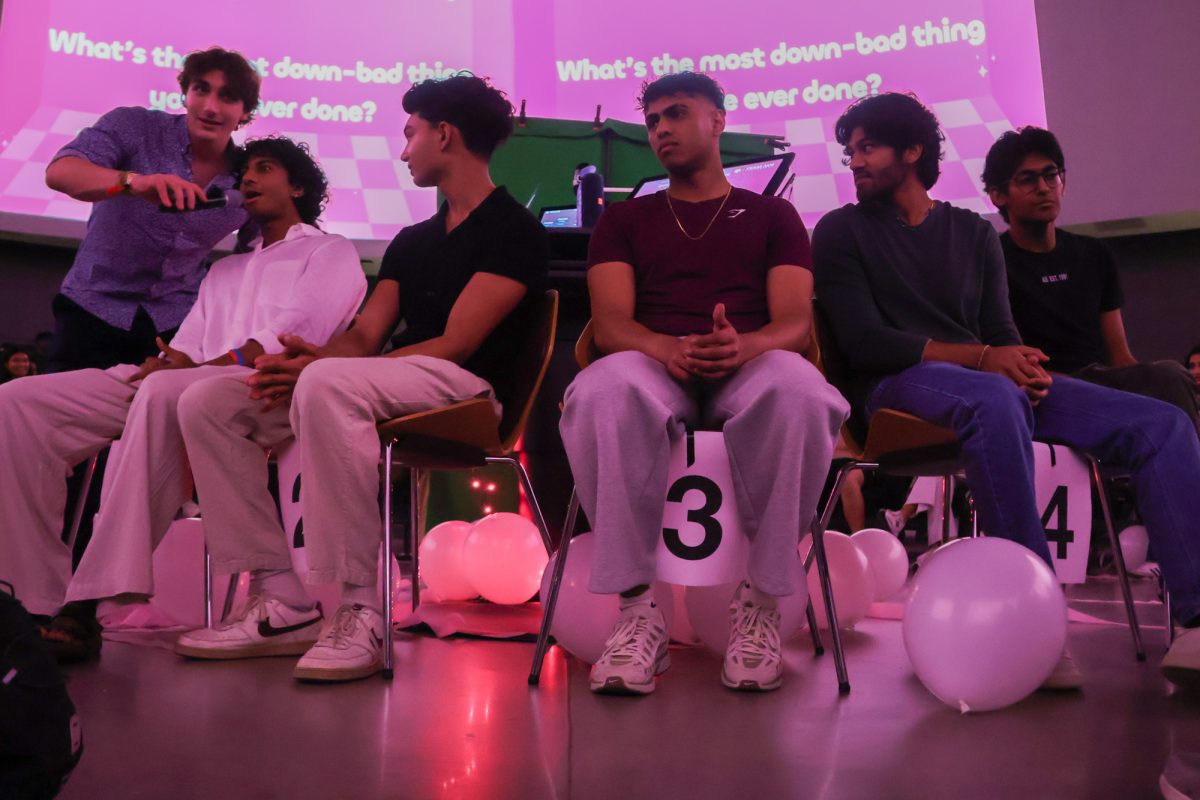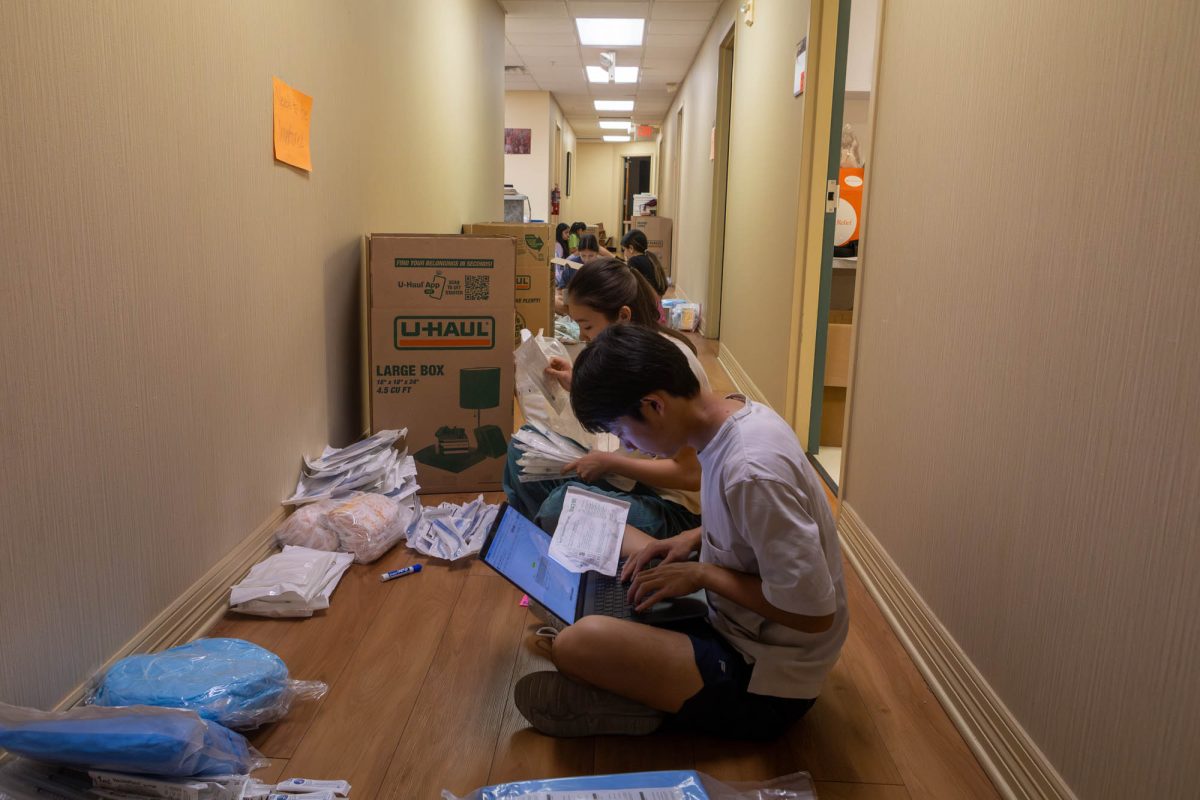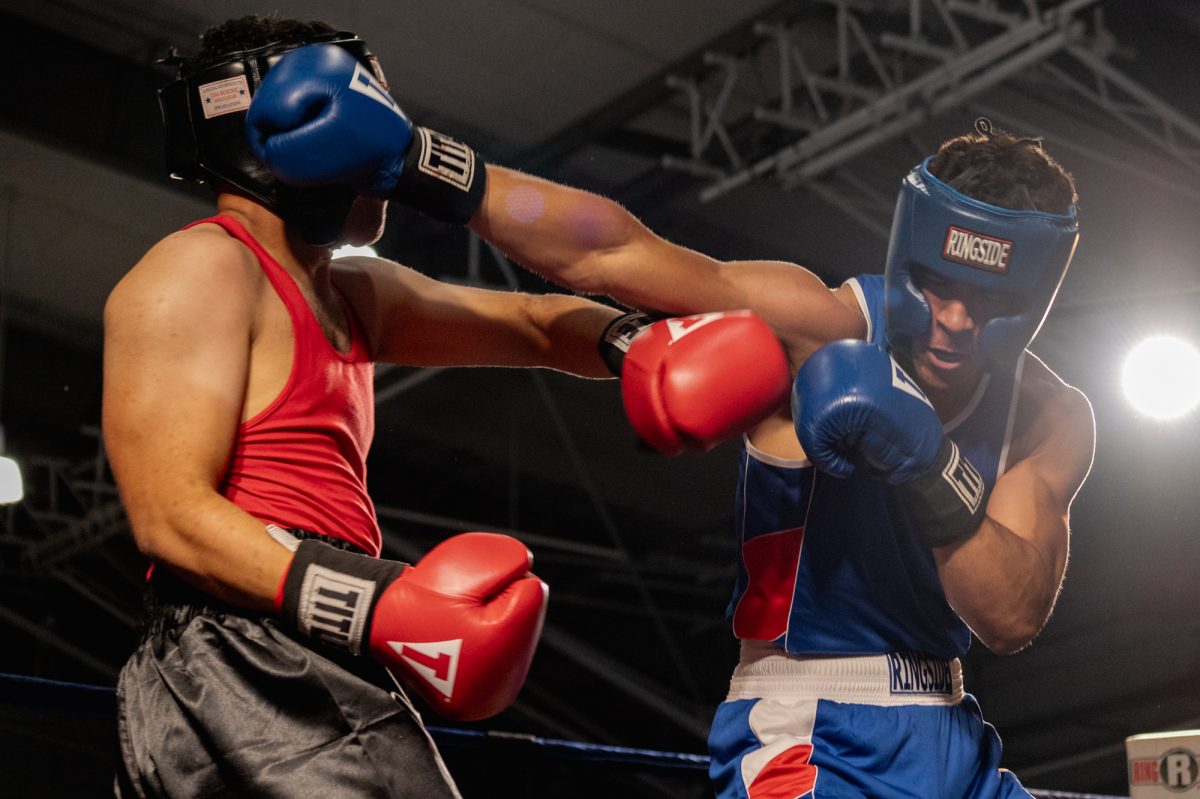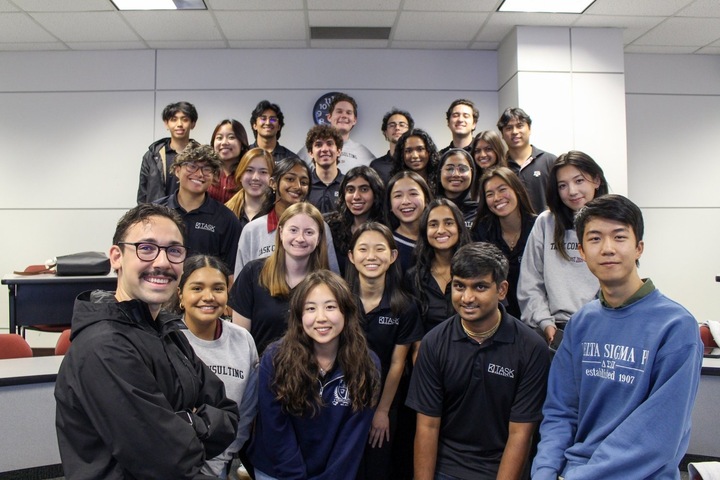As temperatures rise and UV levels increase, faculty from the School of Public Health and the College of Medicine are encouraging students to prioritize safety, especially when spending time outdoors for work or fun.
Dr. Adam Pickens, an instructional associate professor at A&M’s School of Public Health, works in the Environmental Occupational Health Department and helps to develop plans for those working outside to stay safe even in hot temperatures. In the summer, Pickens said his biggest concern surrounds those who don’t typically spend time outdoors.
“Typically what we see is that people aren’t acclimatized – that’s the biggest issue that we tend to run into,” Pickens said. “[Acclimatization is] basically just your body getting used to being outside, you change how your sweat production and how your core temperature is managed and your blood flow, you change all those things.”
For those going to work outdoors, Pickens recommends slowly increasing time in the sun before beginning long work days.
“If you’re going from working at Student Services, you’re inside all the time, and then you’re going to be a lifeguard, you’re literally jumping into the deep end. You’re outside in the sun the whole time, so before you do that, get acclimatized before you start the job,” Pickens said. “Try to be outside for a couple of hours the first day, be outside a couple more hours for the next day, you’re basically working your way up and your body is transitioning and it’s not such an abrupt change.”
Becoming gradually acclimated to the heat is also recommended by Dr. Brandon Williamson, a physician at the Texas A&M Health Family Care Clinic. He said being realistic about your limits in the heat helps you to avoid more serious health complications.
“If it’s just gotten really hot, don’t presume that you’re acclimatized to it yet. Most people need seven days of being progressively more exposed to the heat to be up to speed,” Williamson said. “Avoid the 10 a.m. to 4 p.m. range. The hotter it is, the tougher it will be for you.”
Staying active during the summer is still important, but Williamson recommends choosing the time and attire of your workout to stay as cool as possible.
“It’s tough, and I know being college-aged getting up early isn’t the thing, but if you can get up and do your intensive exercise earlier or later at night, those are definitely preferable,” Williamson said. “Also making sure you have appropriate clothing on, you can get all the fancy stuff that helps you wick the sweat away, making sure you have on a hat and not everything is exposed so you can avoid a sunburn too.”
Sunburns are more than just unpleasant, and Dr. Gabriel Neal, also of the Health Family Care Clinic, emphasized the danger of sunburns turning into skin cancer. To avoid both the short- and long-term negative impact of the sun, Neal said he recommends dressing to cover highly exposed areas.
“One of the common areas for skin cancer to come later in life because of sun exposure is on the face, the nose, ears, forehead and lips,” Neal said. “A brimmed hat is a really smart move when you’re going to be outside all day in the sun if your job requires you to be outside for hours a day, a wide brimmed hat for covering your ears and nose and lips from the sun, and then applying sunscreen to the face makes a big difference.”
In addition to traditional sun protection, Neal said it’s important for college students and their young peers to practice safe habits when making trips to the beach or lake.
“One of the leading causes of death among young people is drowning,” Neal said. “In the summer months, people are visiting beaches where there’s riptides and there will be signs saying don’t go into the water, it’s dangerous. Every summer we’re going to lose college students to the ocean because they don’t pay attention to the warning signs.”
Similarly, Pickens said it’s important to not only look out for your own health, but also those around you who may be struggling with the heat.
“From an occupational [health] standpoint, that I have taken to heart as an individual and a parent, learn to recognize when someone around you is having trouble with the heat,” Pickens said. “Recognizing the symptoms of decreased sweat production, people start to get kind of a clammy feeling even though you’re hot, and headaches are a big one…. It’s a team based approach for safety.”










